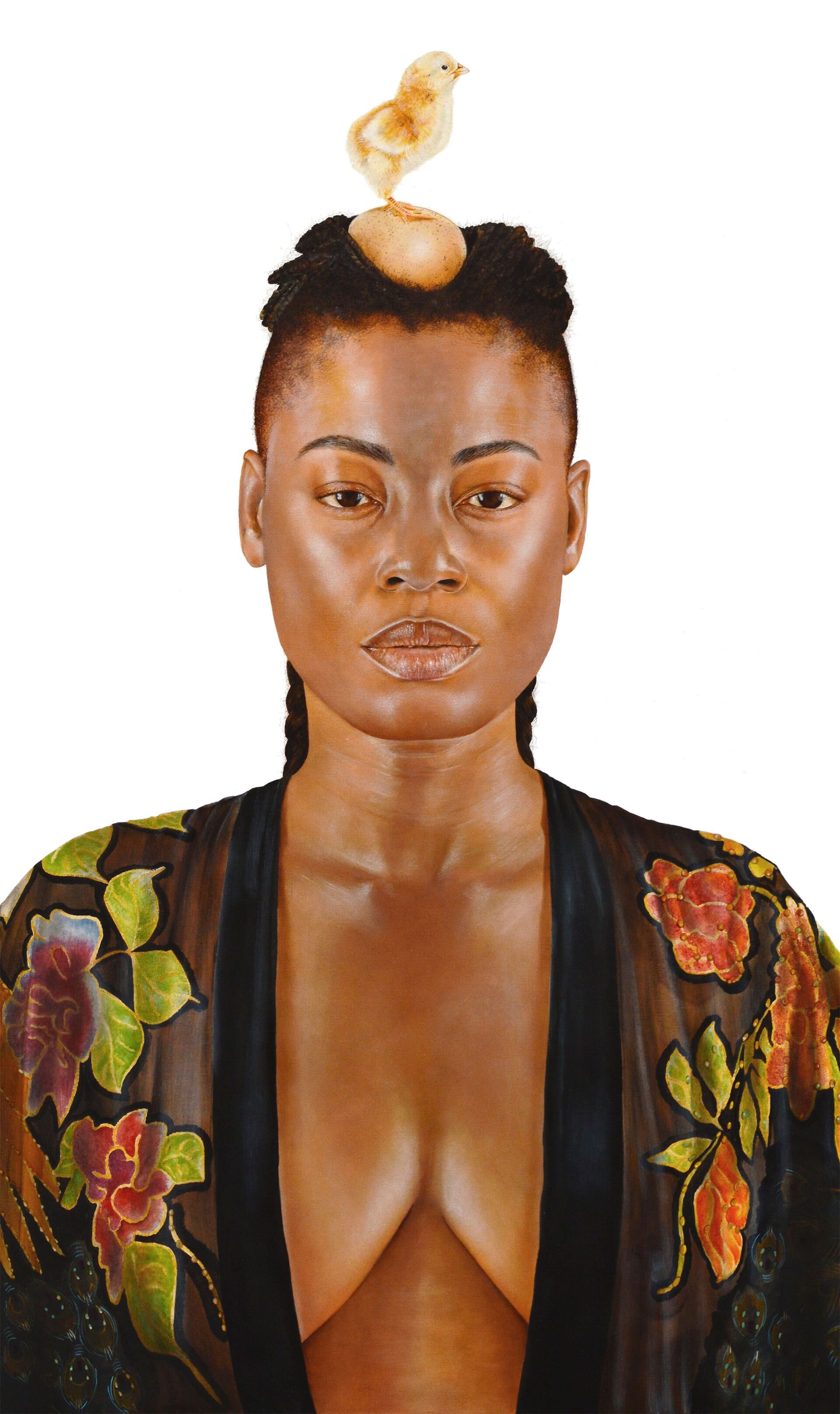Ariel Vargassal
Ariel Vargassal uses his portrait series as a means to explore metaphorical themes that impact modern society, such as mental health issues, political and social inequities, and emotional states of both cognitive dissonance and unexpected pleasure.
Drawing from his homeland’s rich history of mural art that blossomed into the movement known as “Magic Naturalism”, as well as being influenced by the indigenous belief systems from the Americas, and elsewhere, that used the spiritual concept of totems in day-to-day life, Vargassal utilizes a minimalist approach to his work in order to reveal the complex co-existence between the human world and that of wild life. Another key influence in his work comes from the “Magic Realism” literature that he grew up reading, novels and stories by the likes of Carlos Fuentes, Gabriel García Márquez , and Jorge Luis Borges; as a result–and as opposed to the traditional mythical aspects of totemism–the animals in Vargassal’s paintings live in the same reality as his human subjects, in which a kind of mutual communion and communication is allowed to be represented.
Vargassal uses his series to push against cultural boundaries, but in painting after painting he also explores his own curiosity and confusion about the world. Throughout the series we observe Vargassal touching on one issue and identity at a time. We see in his work a man asserting his own journey on the canvas while using metaphor and allegory to help better define his own unique viewpoint and personal vision.




